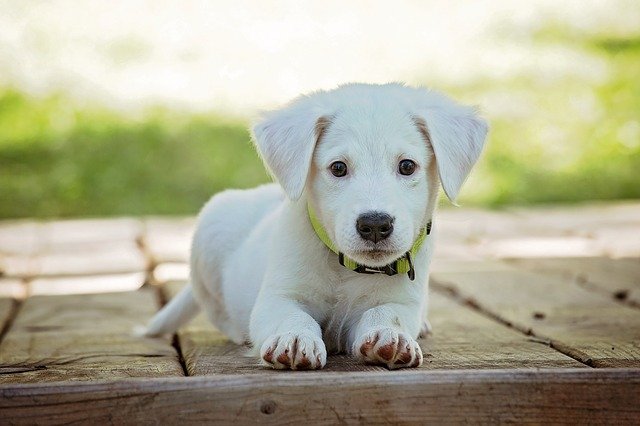
Learning how to effectively potty train your puppy using the right time and right place is one of the best things you can do when it comes to setting up a successful life together. The fact is, improper potty training is one of the main reasons a lot of dogs end up without families. A lot of people simply will not want to deal with a dog that isn’t perceptive to not peeing in the house. It can be tedious and time-consuming having to clean up after a dog that constantly soils the house.
Because of this, you need to establish good fundamentals with your training as soon as you get your puppy or dog. Learn how to effectively train your dog beforehand and you’ll have a good comprehensive plan that you can follow. Below, you’ll find the comprehensive guide you need to ensure your puppy is fully potty trained for a successful life together.
There are at least 3 proven effective methods for potty training your puppy according to the director of the AKC’s Canine Good Citizen program. These methods include:
- Crate Training
- Paper Training
- Frequent Walks
According to Dr. Burch, there are various pros and cons to each method. However, they can all lead to a successful potty training result if you follow them consistently.
- Control Your Dog’s Diet
- Keeping a consistent schedule
- Reinforce going outside to your puppy
Below, we’ll explore more about these methods in greater detail.
Crates Rank Very High As A Potty Training Tool
A lot of newer dog owners end up cringing at the idea of having to keep their dogs confined to a small crate. However, these owners are quickly convinced once they see how effective it can be and how much their dog might enjoy being in it. The truth is, crates can make a dog’s life a lot easier. By getting your puppy accustomed to using a crate, it can be an effective transportation tool for various things like taking them on trips, vet visits, and even giving them a safe space to relax.
Dog’s are inherently den animals. Because of this, they typically look to seek out a place they can call home for safety and security. It doesn’t matter if you offer one, they’ll find something that works for them. By giving your dog a crate, you can help give them a cave-like place to rest and feel secure.
The main principle behind using a crate for potty training has to do with dogs being inherently clean animals. They don’t want to live in a place that smells like urine. Because of this, they aren’t going to pee in their crate. They will instinctively hold it in. However, you do need to find the right size crate if you want it to work. You need the crate to be large enough for the dog to stand up erect and to lie down, but not too much larger than that. That way, you don’t give them space to relieve themselves without having to sleep on it. A lot of crates will even come with convenient and easy-to-use partitions that you can use to size accordingly to your puppy’s needs. That way, you don’t have to purchase more than one crate as your puppy grows.
Whenever your puppy feels the need to go, they will typically start crying or even scratching at the crate’s door. This will give you the signal that it’s time to take your puppy out. You will want to do so as soon as possible to ensure your puppy can relieve himself or herself without soiling their crate. If you allow your puppy to go in their crate, they will end up thinking it’s perfectly fine to go potty in your home too. For more information on puppy training see ‘how to train a puppy?’
Puppy Pads and Paper Training
According to Dr Burch, the use of both puppy pads and paper training can be difficult because you’re giving them two different options. You want to try to stick to giving them a single option for the best results. In an ideal scenario, your puppy will learn how to hold it inside and stick to going potty at different places outdoors.